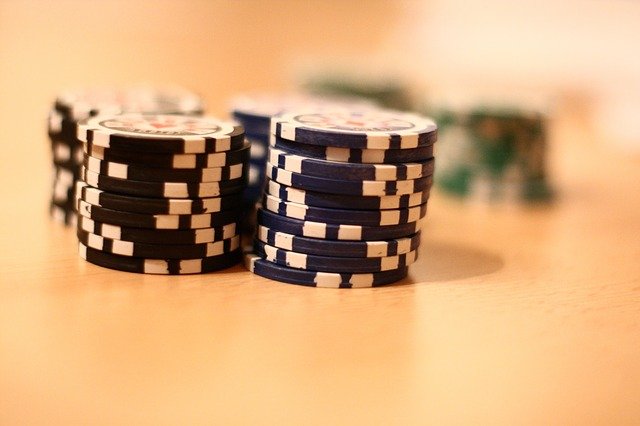Why Aggressive Play With Drawing Hands In Poker Tournaments Will Win You More Chips Over Time
By Pablo Paglayan
Usually, beginners play ‘flush draws’ and ‘straight draws’ in a very passive way in multi-table tournaments. By doing this, they reduce there winnings to those hands in which they are lucky enough to complete the ‘draw’. In this article you will find some basic tips top lay ‘draws’ more aggressively to be able to win without needing a made hand.
Play in position
As you see, this concept appears on almost every article. Position is “everything” in poker. In this case, where we will talk mostly about suited connectors (hands that can flop flush and straight draws pretty easily), we should avoid playing from early position. This is because we definitely don’t want a call from somebody having position on us. Why? Well, there are 2 main reasons (when we flop a ‘draw’):
- It is way more difficult to win the pot by bluffing when we are out of position than when we are in position.
- Over the long term, we will extract much more value from a completed ‘draw’ when playing in position than out of position.
When playing in position, we get information about our opponent’s hand before we make a decision in every street, which will allow us to make more succesful bluffs and better value bets. Of course, we will also save money by not bluffing if our opponent shows strength. As Antonio Esfandiari once said: “Money saved is money earned”.
Planet Mark’s Rec: America’s Cardroom are crushing it for online poker tournament events that welcome both US and worldwide players. ‘The Venom’ tops the list, with the OSS events, PKO games and a packed regular schedule with guarantees that are growing all the time.
Best of all, you can get your bankroll off to a flying start with a huge 100% welcome deal using bonus code SNGPLANET.
Check out the latest promos and tournament events for yourself now at www.americascardroom.eu!
Analyze the board
Does the flop hit our opponent’s range? Does it hit our range enough to be able to bluff our opponent/s out of the hand? Those are 2 questions you should ask yourself when deciding whether to fire a semi-bluff or not. Remember that even if you get called, you still have a huge equity (usually between 30% and 40%) of completing your draw on the turn/river, so getting called is not ‘bad’.
One more think that beginners don’t think about, is that if you play yours draws passively and then turn aggressive when a card that completes a draw comes, it will be quiet easy for your opponent/s to read you and fold their hand against your aggression. However, if you are aggressive before hitting your draw, you might be able to extract more value when you complete your draws because villains will rarely believe you were ‘drawing’.
Finally, remember that bluffs and semi-bluffs work very well in multi-way pots, so don’t be afraid of betting or raising against 2/3 opponents, you will be surprised of how many times you will win the hand without showdown!
Playing against a possible draw
When you find yourself in a situation where your opponent is likely to be ‘drawing’, you must put a high price to each street. Your opponent knows he will win the hand if he completes his/her draw, so our task is to avoid giving him/her a cheap showdown.
When you suspect an opponent is ‘drawing’, you should bet and raise hard, in order to force the villain to pay to see the turn/river. The more aggressive we play, the more times we will get a fold from our opponents, while the times they call they might be doing it without the right odds, so even if we lose a medium-sized pot from time to time, the aggression would be profitable in the long run.
Flush Draw vs. Straight Draw
A flush draw looks, and actually is great. But be careful with straight draws on single and double-suit flops. Although you might think you have 8 outs (with an open-ended straight draw), sometimes you will be up against somebody with a flush draw and you might lose a lot of chips if you both get there.
Also, even if you aren’t against a flush draw, it’s hard to extract much value from a made straight in a board where a flush is possible, so overplaying these draws might not be a great idea.

Overcards
Always remember that many times, having overcards (for example, holding Kh-Jh on a 9h-5c-2h board) adds extra equity to your hand, because a decent amount of times, hitting a pair will give you the winning hand.
This extra equity that overcards give you makes your aggression more profitable over time.
If you are a new player looking to build online tournament experience and build your bankroll at the same time, I strongly recommend the 180 Player Sit n Goes at PokerStars.com. These kick-off every few minutes, and go through the different stages like a larger poker tournament. They are easy to beat too! Check out my 3-part guide to the 180 SNGs here.


